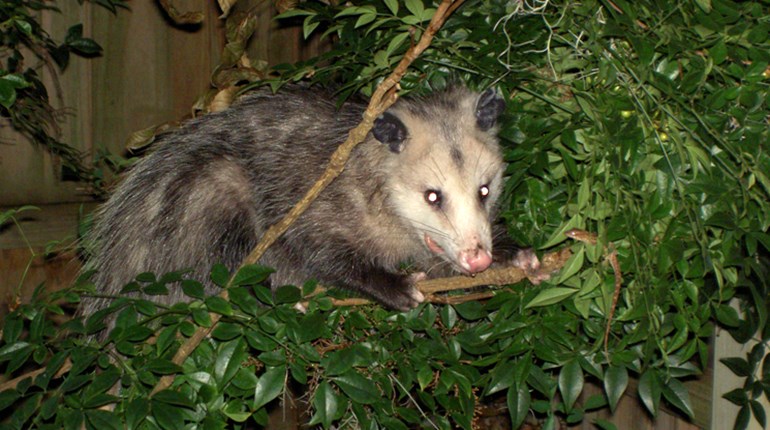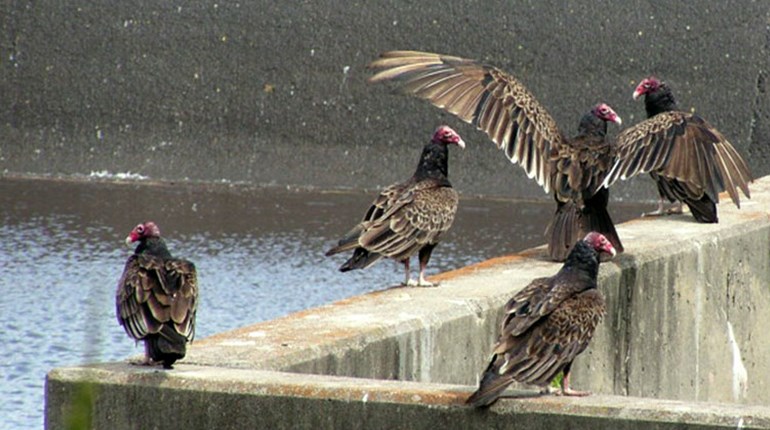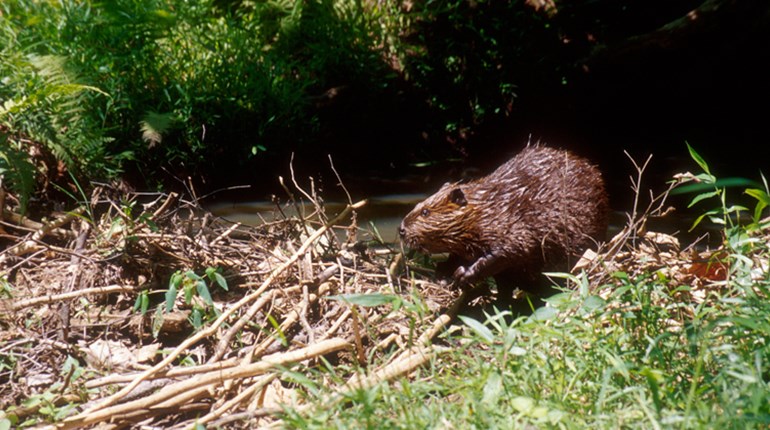
The wombat is a small mammal resembling a little bear. It looks cuddly and furry, but in fact, it has a strong and muscular body. The wombat digs burrows in the dirt and sand with the long claws on its powerful paws. The burrows provide a comfortable shelter from the unforgiving wind and heat of the Australian desert. In these cool burrows, the solitary wombat sleeps alone during the hot day and comes out to feed at night. A strict herbivore, the wombat’s diet is limited to ground vegetation. The efficient digestive system of the wombat enables it to extract both water and nourishment from the coarse, dry Australian grasses. The wombat moves slowly to conserve its energy, but can run up to 40 miles per hour in short bursts.
Like the koala bear or kangaroo, wombats are marsupials. A mother wombat’s pouch is located on the underside of her body. The pouch opens towards her tail. A young wombat inside the pouch may peek out from his mother’s rump, creating quite a comical sight. The baby wombat remains in the pouch for the first few months of its life. After about 10 months, the baby leaves its mother’s pouch, but will remain close to her for about two years before venturing out into the world on its own.
Fast Facts
- As with the kangaroo, a baby wombat is called a “joey.”
- The nocturnal wombat’s closest North American relative is the opossum.
- Wombats use “scat” or droppings to mark its territory.
- The common wombat has a soft leathery nose, and the hairy-nosed wombat has a downy layer of fur on its nose.
- When relaxed, the wombat sleeps on its back with all four paws in the air.






































